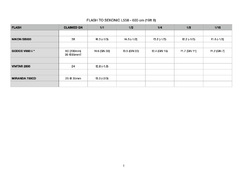That's not what follows from Nikon's service manual; it's pretty clear in several places that the internal sensor is used for actual exposure control, specifically in M mode.
Also, electrically speaking, it doesn't make sense to check whether the flash fired with an optical sensor. It's easier (=cheaper) to check it by verifying the flash cap discharges. Since it can only discharge rapidly through the bulb, you can work out based on a simple voltage measurement whether the flash actually fired. Truth is, Nikon did the sensible thing and used an optical sensor to actually control flash output, also in manual mode. As
@forest bagger explained, and as explained in the service manual. You got it wrong; no biggie, I had to look into it as well. No harm in admitting it, is there?
Not on how exposure is controlled, though. It likely uses the same internal light sensor in conjunction with aperture information issued by the camera body.




